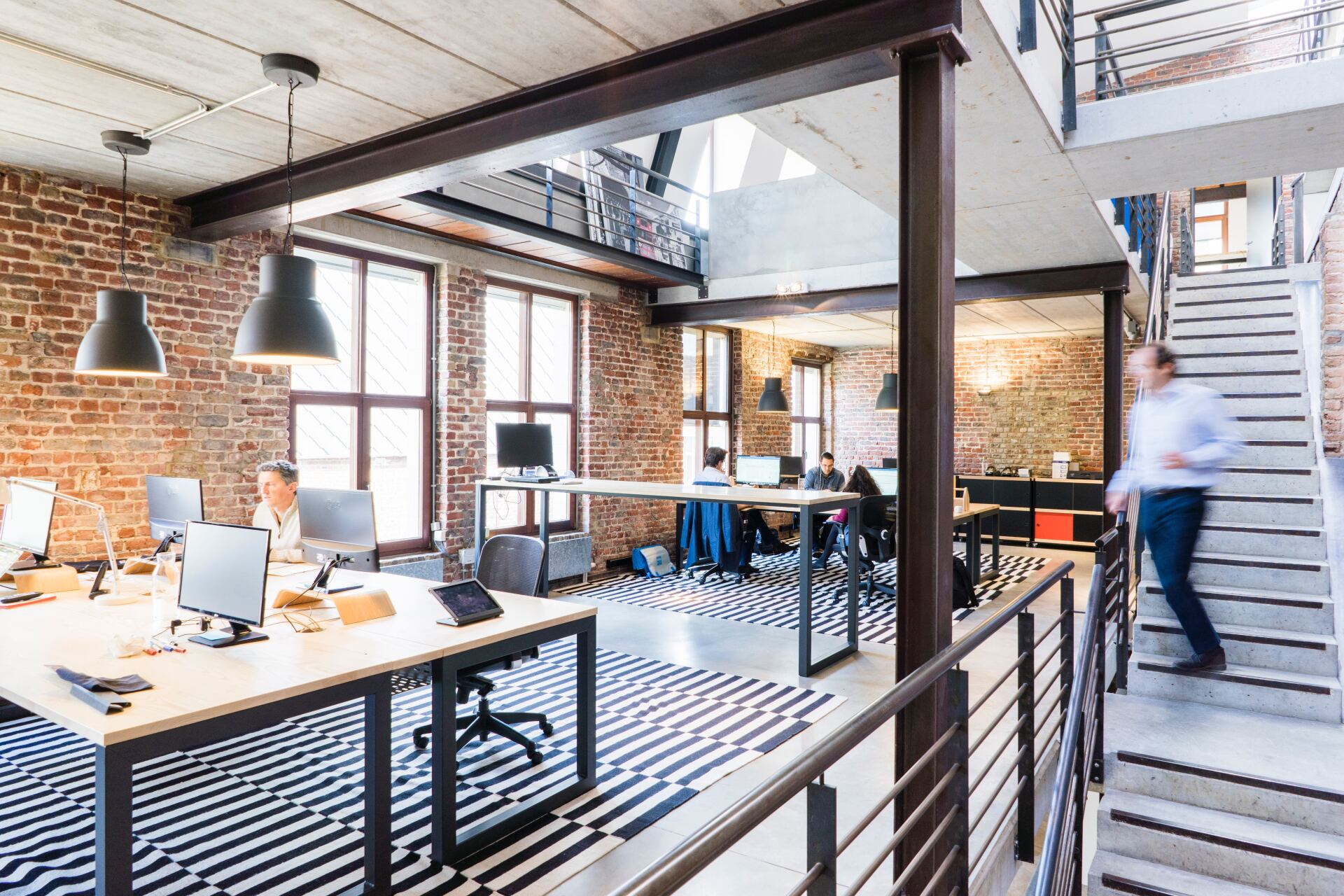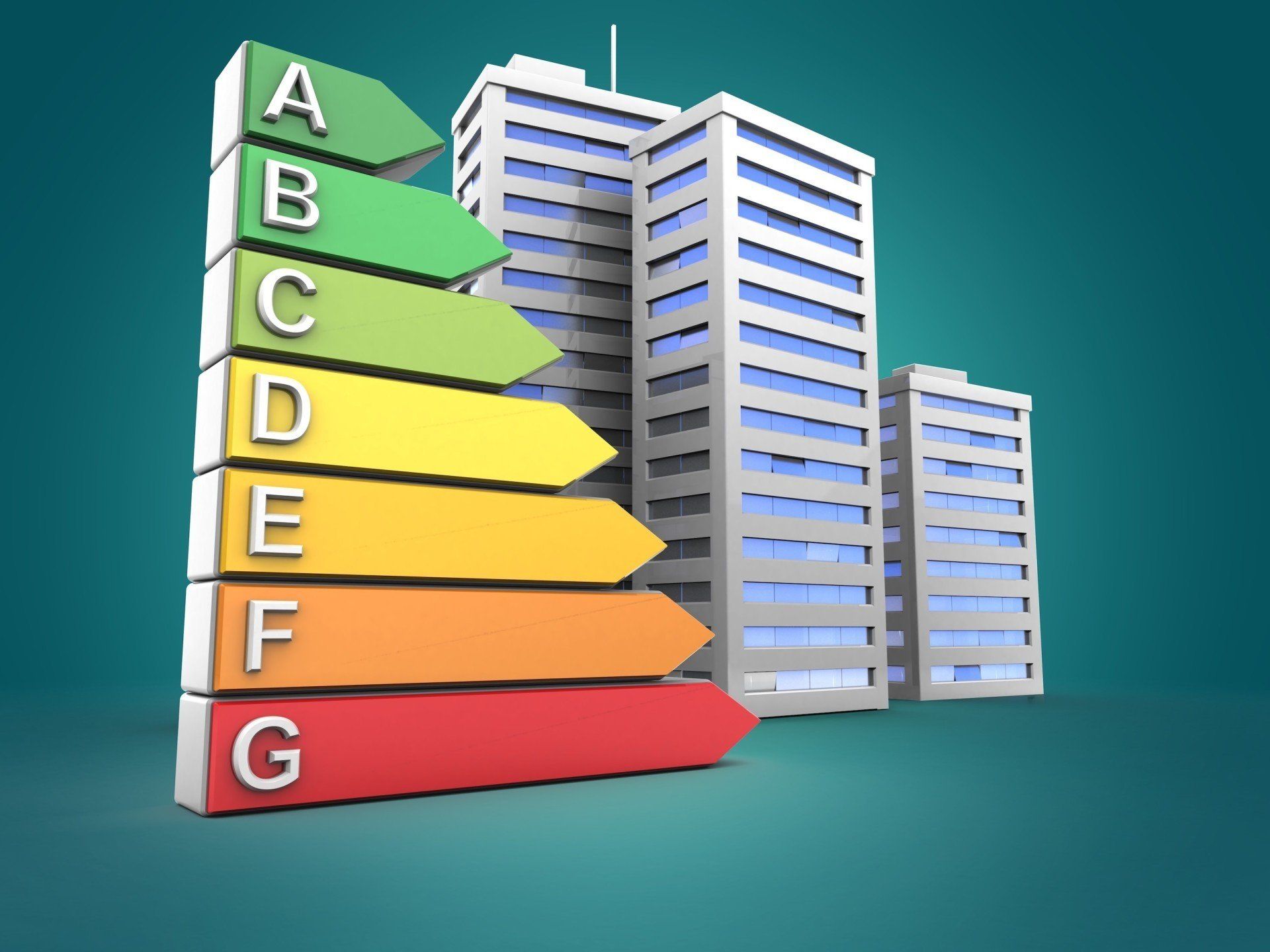Using EPCs to close the performance gap between design and operation
In the quest for net-zero carbon emissions the energy performance certificate (EPC) system has often been criticised for contributing to the problem.
Many argue an EPC in fact obscures the real-world energy efficiency of a building. This is because the accuracy of the simple model used for EPC ratings is heavily dependent on the quality and understanding of the assessor and many will simply opt for the ‘default’ settings in the system.
Hence the increasing popularity of using more complex building information models (called dynamic simulation modelling or digital twinning). This is gaining traction with the Better Buildings Partnership and it’s ‘design for performance’ project which looks to close the performance gap between design and actual performance.
Converting simple EPC models to a digital twin that measures operational performance
At resero we firmly believe every building should have a digital twin as well as the legally required EPC model. But if cost and time is a problem then what if it were possible to convert a simple EPC model into a dynamic simulation?
This is exactly what we have done at a modern office block building in central Manchester. We were asked to investigate the high energy spend in the building which possessed a ‘ground source heat pump’ heating, ventilation and cooling system. The client reasonably expected efficiency savings with this type of installation and was confused as to why this was not happening.
There did not appear to be any obvious fault with the system so we needed a dynamic simulation model (DSM) of the building to help try and pinpoint any discrepancies.
Matching models to the engineering on the ground
There was no time nor the budget to create a DSM from scratch so instead, the resero team looked to see if the simple SBEM model, created by another company for energy performance certification, could be converted into a DSM.
This is very rarely done and the conversion process was challenging. It required an in depth understanding of the modelling software as well as extensive mechanical and electrical engineering knowledge to match it to what was happening on the ground.
However, once done, the DSM model was able to highlight a number of inconsistencies in the data which helped target the on-site investigations.
Building modelling saves more than £20,000
These revealed that the BMS had been set up incorrectly and was not reflecting the operation of the closed ground water loop system and condenser water circuits. The solution was remarkably simple and required just a few adjustments to the BMS system.
As a result, there has already been an 8% decrease in costs and a saving of £21,579.70. This equates to a 21% reduction in overall kWh over the comparative period and more than 100 tonnes of CO2 saved.
The subsequent DSM model has already been used again to support a photovoltaic (PV) study. It confirmed that installing PV solar panels would reap an estimated 6% return on investment before the application of predicted energy price inflation. As a result, a 50 kWp PV system has now been installed – further adding to the already impressive sustainable credentials of this building.
The case demonstrates the need for digital twins of buildings for better asset management but also, excitingly, opens up the potential to make better use of the EPC models which every building has to have for legal compliance.
If you’d like to know more about resero's unique building physics and building information modelling services please get in touch with us at
info@resero.co.uk
or phone on +44 (0)1743 341903.













